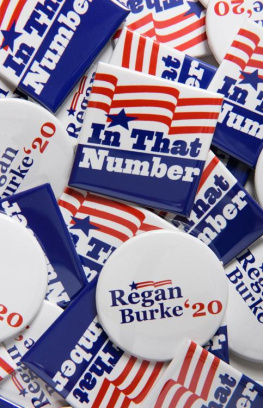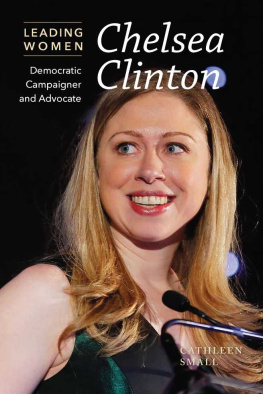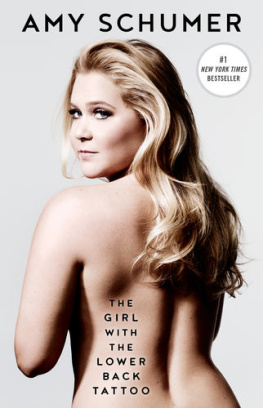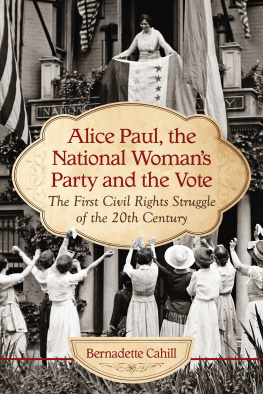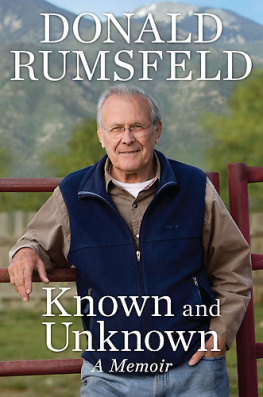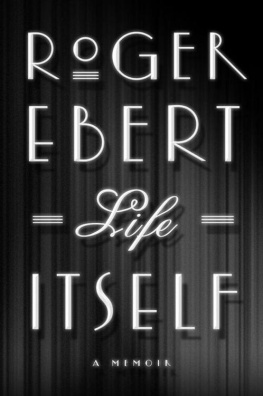In That Number
Regan Burke
In That Number
One Womans March
From the Streets of Protest to the Halls of Power
(And Beyond)
Regan Burke
TORTOISE BOOKS
CHICAGO, IL
FIRST EDITION, October 2020
2020 Regan Burke
All rights reserved under International and Pan-American Copyright Convention. No part of this publication may be reproduced or transmitted in any form or by any means, electronic or mechanical, including photocopying, recording, or any information storage or retrieval system, without prior permission in writing from the publishers. No responsibility for loss caused to any individual or organization acting on or refraining from action as a result of the material in this publication can be accepted by Tortoise Books or the author.
Published in the United States by Tortoise Books. www.tortoisebooks.com
ISBN-13 (E-Book): 978-1-948954-32-7
ISBN-13 (Print): 978-1-948954-12-9
This book is a work of memoir, and is drawn from the authors experience, various artifacts and photographs, and recollections going back to an early age. Dialogue is approximate and appears in quotation marks for the benefit of the reader.
Cover image contains a photograph from the official White House photographer, Robert McNeely, that is in the public domain. Cover concept and design by Gerald Brennan. Cover photography by Joel Wintermantle. Cover Copyright 2020 by Tortoise Books
Text includes a quote from Christus Paradox by Sylvia Dunstan, Copyright 1991, GIA Publications, Inc.
Tortoise Books Logo Copyright 2020 by Tortoise Books. Original artwork by Rachele OHare.
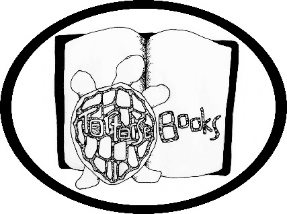
Introduction
In my fifties I was diagnosed with osteoarthritis and a mysterious pain condition, fibromyalgia. Joint replacement cured the arthritis in my knees and shoulder, but the surging episodic pain of fibromyalgia, arthritis in my back, and attendant insomnia remained. Since I have a history of drug addiction I couldnt risk prescription painkillers. Mindfulness meditation and feldenkrais (moving meditation) added enough of a reprieve from daily back pain to give me hope.
Hope also led me to Dr. John Stracks at Northwesterns Osher Center for Integrative Medicine. At my first visit Dr. Stracks pried my mind open enough for me to accept that emotions were a factor in painful physical symptoms like mine. His remedy? Writing. Writing? Yes, writing.
He recommended Dr. Howard Schubiners workbook, Unlearn Your Pain . The barbed-wire suffering I experienced while writing down emotionally charged memories, evoked by the books writing exercises, made me a believer. Theres no doubt the connection between the mind and the body is real. At the completion of each writing exercise, I experienced a whoosh of pain relief.
I kept that whoosh going by enrolling in memoir writing classes. Initially, I hesitated to expos e embarrassing episodes from my life to strangers. But this was my therapy, my bibliotherapy, and I had to tell deep truths for it to work. Beth Finke and Linda Miller, the best writing teachers I could ever have hoped for, have been extraordinarily helpful in keeping me on the road that leads to the truth.
Along the way, I ran into Kevin Coval, author of A Peoples History of Chicago and creative director at Young Chicago Authors. How could I write in prose the kind of truth he tells in his poetry? He invited me to the poetry writing workshops at YCA. I thought Id be an observer but found myself participating. Kevins work with young poets (who recite hard truths from the stages of Louder Than a Bomb poetry slams) made me realize I wouldnt die if I wrote my story out loud, in a book.
Im an unabashed American. I have a curious and insatiable need to indulge in the freedoms guaranteed in the U.S. Constitutionto not only assemble publicly, but also express myself openly. Sometimes its in the streets. Sometimes its in Alcoholics Anonymous. Whenever and wherever the saints go marching, I want to be in that number.
Disclaimer
These are my memories. I strive for demonstrated, not autobiographical truth. I concede various illegal hypnotic drugs may have marred some memories. Nonetheless, the parade of stories is true. Some names have been altered to maintain personal privacy.
I owe not only my sobriety, but my life, to Alcoholics Anonymous. Yet I claim no personal distinction in AA. I do not represent Alcoholics Anonymous, nor am I a spokesperson or leader in the fellowship. Alcoholics Anonymous neither endorses nor opposes this writing.
Publishers Note
The publisher would like to add that Alcoholics Anonymous is, quite deliberately, a non-political organizationborn in the aftermath of Americas failed attempt to use national politics as a means to eliminate alcoholism in the individual. The organizations founders realized (sensibly, in the publishers opinion) that any organization that sought to provide relief to the suffering alcoholic needed to studiously avoid any involvement in political matters. It is our firm hope that, whatever your political affiliation, you will enjoy this story of one womans journeyand that, if you do suffer from the disease of alcoholism, you will find a healthy respite.
Prologue
Fiction is obliged to stick to possibilities; Truth isnt. Mark Twain
I hopped on the #3 bus at Chicago and Michigan Avenues having no clue when to pull the cord for the Wintrust Arena. It was 7:30 A.M., too early for rush hour. But people dressed in their finest kept boarding at every stop as we moved on down the avenue, and there was no mistaking when we got there. The cross streets swarmed with jaywalkers, Uber riders, taxi passengers, bus trippers, policemen, VIPs, and carpoolers teeming out of the parking garages. Parades of citizens streamed toward the entrances, lining up for the eight oclock opening. Volunteers in blue Bring In The Light t-shirts hoisted colossal signs pointing to the ADA entrances. Others greeted people with disabilities at the curb.
Whats going on? asked the bus driver.
Lori Lightfoots Inauguration, I said.
Oh! The new mayor! Great day. End of the Chicago Machine.
Inside the arena, old friends whod fought entrenched politicians for decades worked the event. Hi, Regan! Hi! Hi! Victorious voices all around; they directed me to two seats on the basketball court, eight rows from the stage. The Daley clan, who personified old-style Chicago politics, took their seats behind me. Powerless to stop the joy from the crowd whod upended their well-oiled machine.
A familiar Chicago policeman came running over to say hello. Matthew Baio and I have known each other since we both worked for Illinois House Speaker Michael Madigan in the late 80s. Matts official post was guarding the inside entrance of City Hall. We still saw each other every time I marched into the building protesting the previous mayors, or bought a dog license, or renewed my senior bus pass. I greeted him laughing, anticipating hed be tickled about the new mayor.
Matt, I just finished writing a memoir, and youre in it! I said.
What? No way! Is it about the time you asked me to be Bill Clintons driver?
It is! We had a riotous conversation reliving the scene from the March 1992 Illinois presidential primary: Matt, the silent navigator at the wheel, while George Stephanopoulos, James Carville, and Bruce Lindsey counseled Bill Clinton in the back.
My friend Peter arrived at the arena via train and bus from the far southwest side. A security guard said he was ticketed for the bleachers, not the floor, and prevented him from joining me. As it turned out, I was also ticketed for the bleachersI had been inadvertently led to the VIP seats. I eyeballed Officer Baio, whod moved to the other side of the court. But after a brief kerfuffle, and some walkie-talkie murmuring by the security guard, Peter and I found ourselves at last in the prized floor seats. Reverend Jesse Jacksons bodyguard sat down next to us, keeping eyes on his famous boss, one row ahead.
Next page
